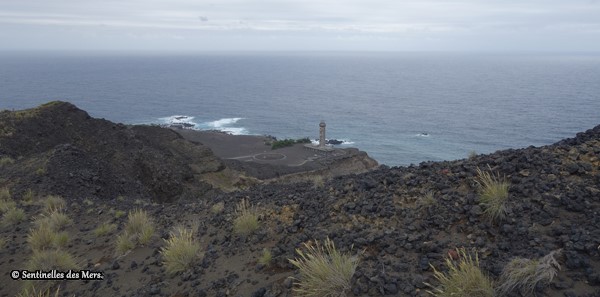
Farol da Ponta dos Capelinhos and the volcano.
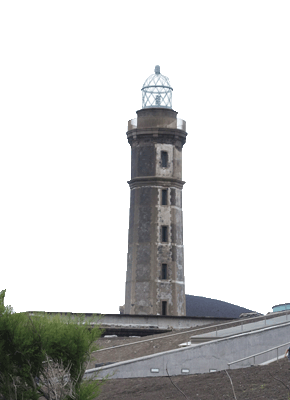
Faial Island is part of the Azores archipelago. These are all volcanic islands. This island is the last to have suffered the effects of these geological phenomena.
In the past century, a volcano began (1957) and the earth shook strongly(1998) . These two events destroyed two of its lighthouses, the Ponta dos Capelinhos lighthouse and the Ponta da Ribeirinha.
The Ponta dos Capelinhos lighthouse was built in 1894 and was commissioned on August 1, 1903.
Info about this lighthouse are available here.
On this point of the island, it was ideally placed for marking and also as a base of observation for lookouts during whaling.
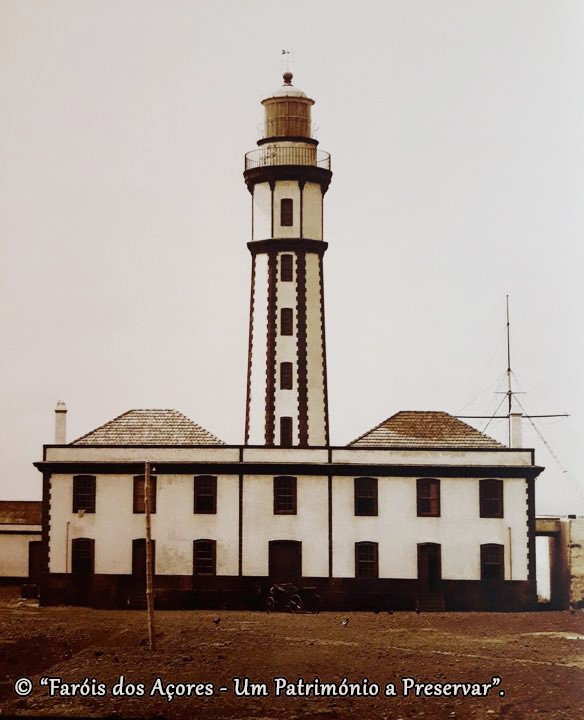
His first concern came on August 31, 1926. A severe earthquake shook Faial Island and damaged the structure of the lighthouse. Its scope is limited.
The work was begun and it was put back into service in 1927.
His second and most important concern began on 16 September 1957. An observer on duty observed a disturbance in the water offshore about 1 km from the lighthouse. Frightened, it warns whale hunters and guardians. It is not the passage of cetaceans.
The phenomenon is increasing. The ocean quickly boils and an unpleasant smell arrives on the coast.
Guardians must be aware that this is an underwater volcanic eruption.
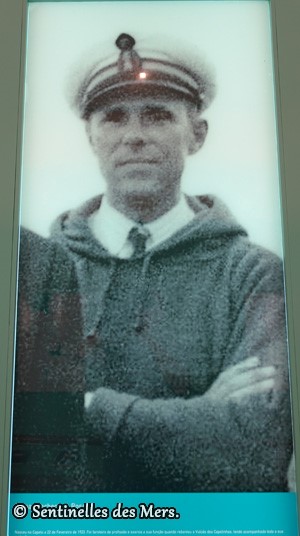
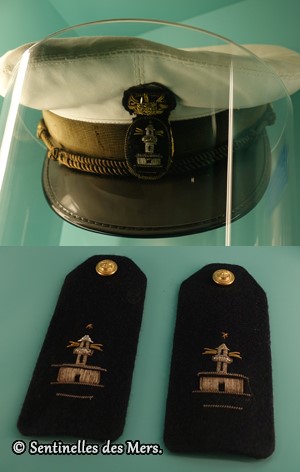
Thomas Pacheco Rozas was the lighthouse keeper at the beginning of the eruption. Thanks to his courage, he stayed in his position and did everything he could to keep the lighthouse running.
The ash projections increase and reach the lighthouse. It is deactivated at the end of September. The dust reached the vital parts, the optical equipment and the generators.
On 6 and 7 October, the village of Capelo located 2 km from the lighthouse is evacuated. It is flooded with dust and precipitation increased by more than 10 times aggravates the situation.
On October 29, personnel were evacuated. The repair work that was under way was also suspended. The stones broke the windows and holes in the roof. The water infiltrated it, causing mud. This mud spilled into all the floors.
Urgent work is required to return the lighthouse to service. This work takes place in November and December, as volcanic activity has decreased.
In January 1958, the ashes were removed from the roofs. In places, these ashes reached the level of the first floor.
The story is not finished because in February and March 1958, the eruption has an unexpected development. The crater, which was 1200 m from the lighthouse, approached 500 m.
This new horseshoe crater lets in water which makes the explosions even more violent (see the report of H. Tazieff on this subject).
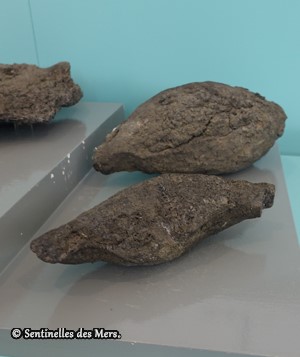
The stones projected with this violence reach the lighthouse. These stones, weighing between 10 and 300 kg, pierce the cement and the roofs.
An ash layer of about 1.9 m falls, which the roof cannot support. Estimated weight of 2,000 kg per m².
The lighthouse enclosure is surrounded by ashes on a height of 7 m.
Furniture and equipment are removed from the lighthouse by staff.
On April 30, 1958, a new report was prepared. The lighthouse would no longer be made fresh before the end of the eruption. Even if the tower remains in good condition, the height of the cone of the volcano which is 150 m hides the view considerably. A location for a new lighthouse is being reviewed.
This is the end of this lighthouse’s active life.
The lighthouse during eruptions.
The pictures below were taken for SIPA.
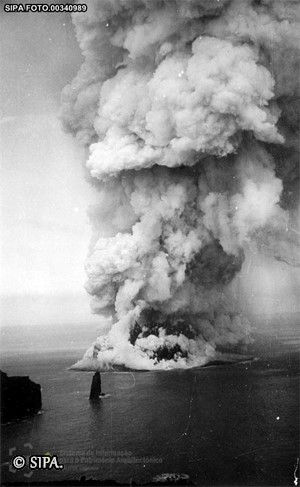
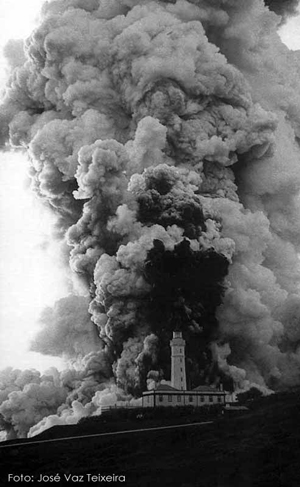
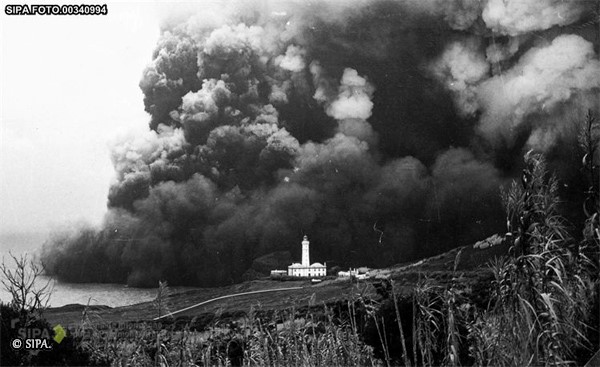

October 1957.
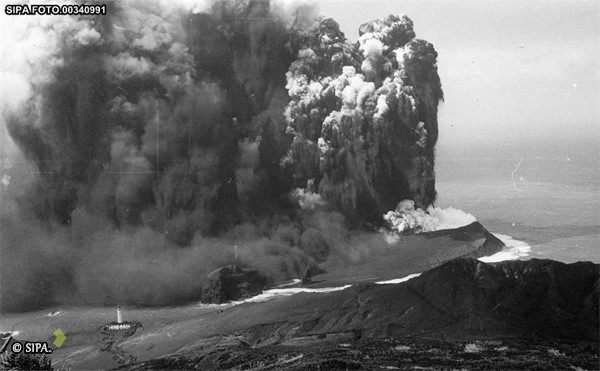
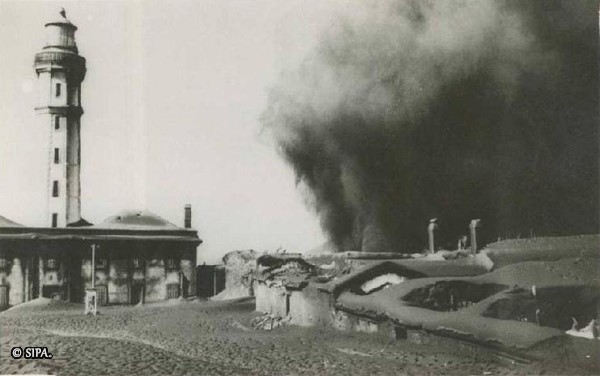
February 1958.
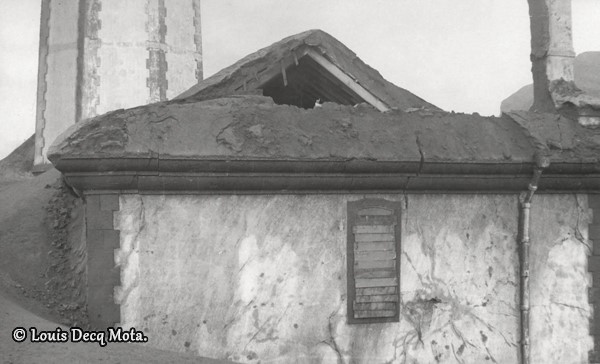
April 1958.
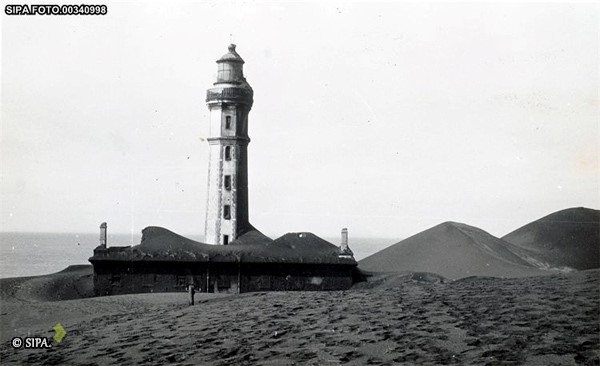
After eruptions.
The eruption lasted 13 months. The site is covered with a thick layer of ash. The houses are buried and crumbling under the weight.
The site is declared a "natural area" and transformed into a tourist attraction. The project is to create a "Volcano Interpretive Centre". It is built under the ashes on the ground floor of the lighthouse.
This museum consists of three parts. The first explains the volcanic phenomena and the birth of Faial.
The second describes, phase by phase, the underwater eruption of the volcano and its development during these 13 months.
The last part shows the development work of the site.
The tour ends in a room on the ground floor of the lighthouse.
It is possible to climb up to the lantern. From the balcony, one has a beautiful view of the site.
The museum was inaugurated on 17 August 2008.
The lighthouse is unusable as such. The ground floor is no longer visible, the roofs have suffered from the weight but the tower has not moved. It is decided to maintain the building as a witness.
Between 2006 and 2008, work was undertaken to consolidate the lighthouse. The optics and lantern were removed.
The interior structures are reinforced. For this, the ground floor level is clear and concrete walls are built to consolidate the building assembly. The roof is removed.
The surrounding area of the building is restored to the condition according to the eruptions, the ground floor is buried. The ground level arrives to the first floor.
A replica of the lantern is installed. It contains lighting. This time, it is to illuminate the site.
The optics, which have been removed, have been refurbished. It was used in another lighthouse.
The lighthouse in 2019.
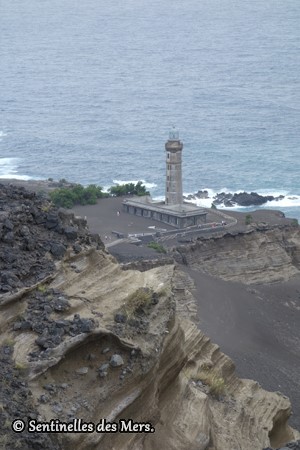
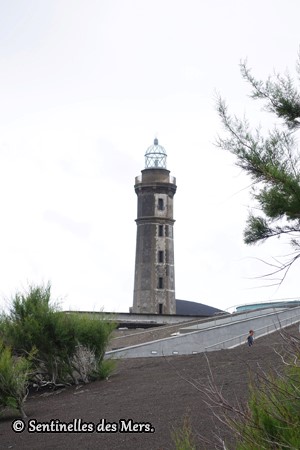
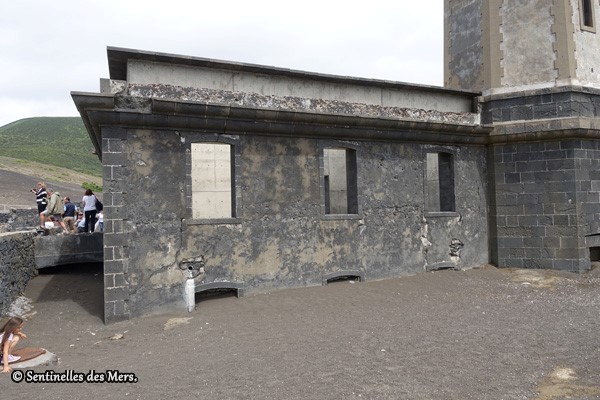
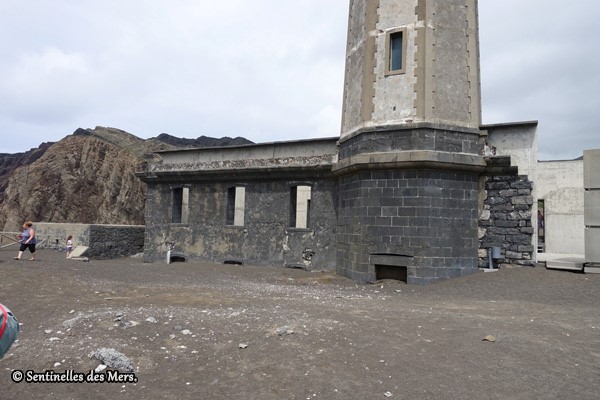
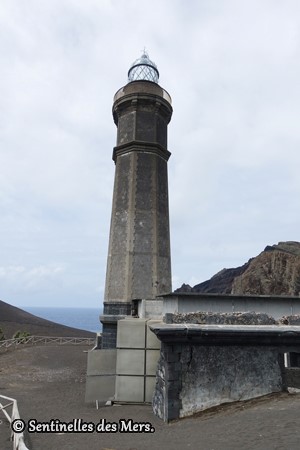

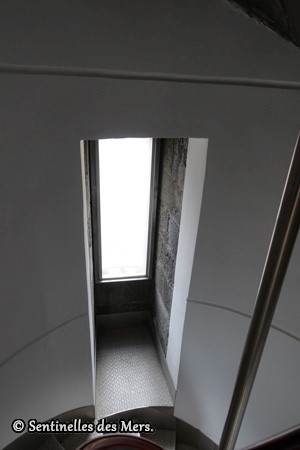
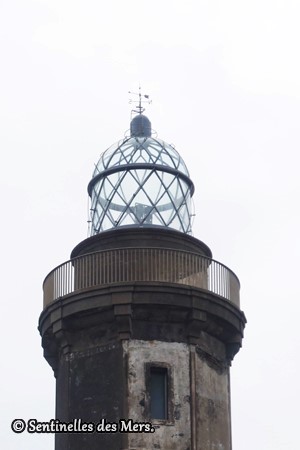
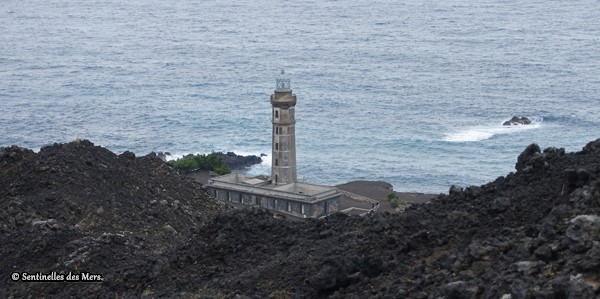

Thanks.
I thank the SIPA (Sistema de Informação para o Património Arquitetónico) for granting me permission to publish the photos taken during the eruption of the volcano. They cannot be used for commercial purposes.
I would also like to thank the "Centro de Interpretação do Vulcão dos Capelinhos" for its assistance and for the realization of this magnificent and very didactic museum. Visit not to be missed.
